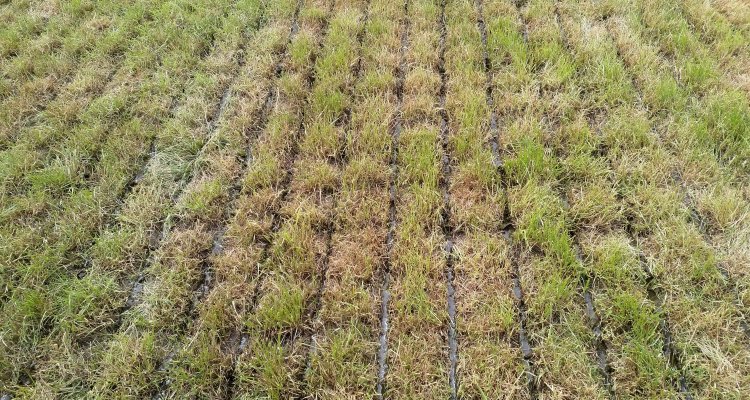
News
Lower nitrate leaching from grasslands fertilised with dairy cattle slurry compared to synthetic fertiliser (CAN)
Substituting 60% of synthetic fertiliser calcium ammonium nitrate (CAN) used annually with dairy cattle slurry resulted in a 35 to 44% reduction in nitrate leaching from sandy soils with a slurry gift of twice the EU standard. When comparing only CAN with only cattle slurry, leaching is reduced by 57 to 74%. This is the outcome of a two-year field study conducted by Wageningen Livestock Research and B-WARE research centre.
Nitrate leaching on permanent grassland
The results are relevant because dairy farmers are mandated to cut back the use of animal manure on grasslands in the coming three years (end of EU derogation). This is done in an effort to reduce nitrate leaching into ground and surface water. ‘This may, however, have the opposite effect on grassland’, says Wageningen researcher Herman de Boer. ‘Permanent grassland already has relatively little leaching. If there is more slurry in the total fertiliser gift, leaching is reduced even further. Hence, reducing the current slurry component while replacing it with mineral fertilisers will increase rather than decrease leaching on grasslands.’
Greater differences follow dry season
These experimental results confirm a hypothesis based on a previous literature study (2017). Moreover, previous hypotheses that the differences in leaching between CAN and slurry would increase further after a dry season were confirmed, as well as hypotheses that nitrate could leach to a greater depth during the growing season.
Comparisons of nitrate leaching after treatment showed an average nitrate concentration of 73 mg l-1 after the first “dry” growing season with only CAN used as a fertiliser, while the concentration was 41 mg l-1 if 60% was replaced with slurry. After a second “wet” growing season, these concentrations were 49 and 32 mg l-1, respectively. When comparing only CAN with only slurry, the corrected concentrations for the first season were 44 and 11 mg l-1 (-74%), respectively, and 30 and 13 mg l-1 (-57%) for the second season.
Research partners
This study was part of a more comprehensive investigation into the effect of zeolite, funded by the Mesdag Zuivelfonds, LTO Noord, PPP Ruwvoer en Bodem, Province Limburg and Waterleiding Maatschappij Limburg.